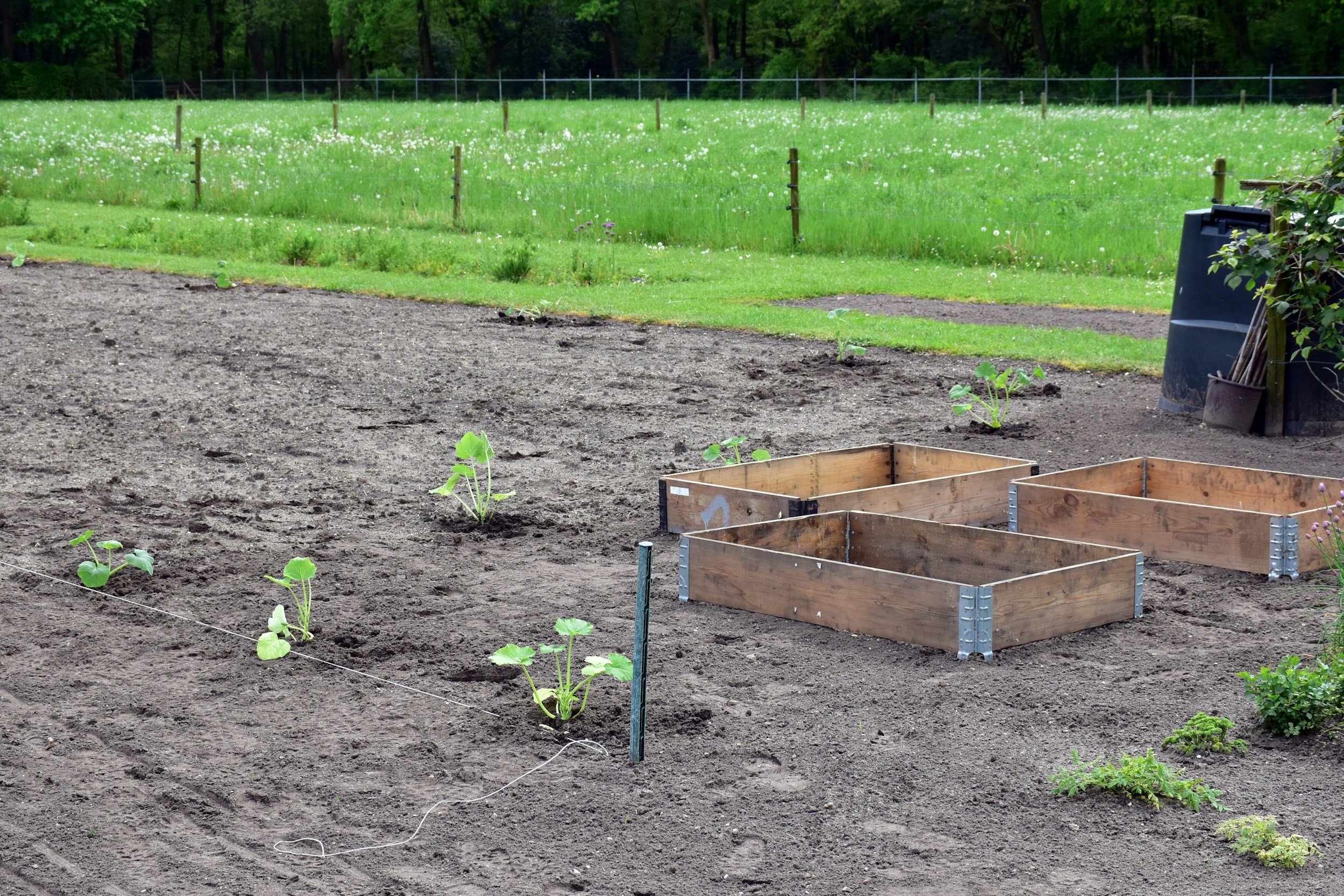School nurseries to raise youth awareness of soil degradation and climate change | DRC
Submitted by: NTUKA LUTA Jeancy, Project Leader, AgroSmart Consulting, #Youth4Soil
About this Solution
Where has it been applied:
Kinshasa, Democratic Republic of Congo
When/Where to apply:
Urban and peri-urban areas facing advanced soil degradation due to erosion, flooding and poor stormwater management. It is particularly relevant in contexts where community mobilization and youth participation are essential factors for soil rehabilitation. Its effectiveness depends on the commitment of local authorities, access to resources and appropriate training.
Description
AgroSmartConsulting implements an integrated approach to the sustainable management of urban and rural soils by involving Kinshasa's youth in the city's environmental challenges.
We promote agroecological and bio-engineering practices to combat erosion and flooding through hands-on training in schools, establishing tree nurseries with pupils, awareness-raising campaigns and reforestation projects.
Involving young people in soil restoration and stormwater management helps ensure resilient urban development and reduces environmental and socio-economic risks.
This initiative also strengthens local capacity and promotes sustainable management of the urban environment for future generations.
How to Implement
Diagnose at-risk areas to identify those affected by erosion and flooding using field surveys and satellite data.
Mobilize stakeholders (local authorities, NGOs, agronomists, communities, especially young people) to ensure collective support.
Train stakeholders in soil conservation, agroecology and bioengineering to strengthen local capacities.
Implement sustainable practices, such as reforestation and soil stabilization techniques.
Monitor and evaluate progress to analyze impact and adjust the strategy where necessary.
Tips:
To successfully implement this solution, a thorough site assessment is essential, using field surveys and remote sensing data to diagnose soil conditions, erosion risks, and water flow patterns. Early involvement of local stakeholders is essential to ensure community buy-in and long-term commitment. Working with local authorities, NGOs, farmers, and youth organizations promotes ownership and sustainability. A focus on capacity building through hands-on training in soil conservation, agroecology and bioengineering provides communities with practical skills. The use of context-specific techniques such as reforestation, retention ponds and soil stabilization methods (fascines, living hedges) also increases effectiveness in line with local environmental conditions. The implementation of monitoring and feedback mechanisms allows the impact of the project to be regularly assessed against performance indicators, ensuring continuous improvement and long-term success.
Inspiration
Today, climate change cannot be the battle of a single individual, group of individuals or state; it is the battle of all. Representing almost 30% of the world's population, and mainly affected by environmental problems, young people must make the most of their intellectual and mobilizing capacities to tackle such sensitive issues as environmental protection.
The provincial city of Kinshasa is the largest metropolis in the Democratic Republic of Congo, but environmental management remains a major challenge. Several of the city's communes, notably Mont-Ngafula, Lemba and Kinsenso, are affected by severe erosion and flooding during the rainy season, resulting in considerable ecological and human losses.
To find a solution to this problem, the NGO AgroSmartConsulting has decided to implement strategies to encourage young people to adopt responsible behaviors aimed at reducing soil degradation and combating climatic events. These behaviors will have a significant and positive impact on economic and social development, consumption and production patterns, and responsible management of the urban environment.
What have you achieved so far with this solution?
Our solution enabled us to develop awareness-raising materials on techniques for restoring degraded soils, climate change, and environmental education for secondary school students. We then educated students at three schools in the city of Kinshasa (Collège de la Nativité, Collège Saint-Esprit and Institut littéraire de Selembao) about land degradation, climate change and environmental conservation, as well as the critical role of trees in regulating the climate. We also produced and replanted over 5,000 seedlings of agroforestry trees, mainly Acacia spp. including fruit trees.
Why should other soil health initiatives implement it?
This solution is critical because it directly addresses soil degradation in urban and peri-urban areas, where erosion and flooding threaten both ecosystems and communities. By integrating agroecological practices with youth engagement, it offers a sustainable, community-driven approach to restoring soil health and building resilience.
Other soil health projects should replicate it because it combines scientific knowledge with local participation, ensuring long-term impact. It also builds local capacity, promotes good land stewardship, and contributes to climate adaptation. Its holistic approach can be adapted to different contexts, making it a scalable and effective model for sustainable soil conservation worldwide.

Have you applied this solution in another context?
Let us know so we can reflect your experience on this page!
Reach out to CA4SH Communications at communications@coalitionforsoilhealth.org





